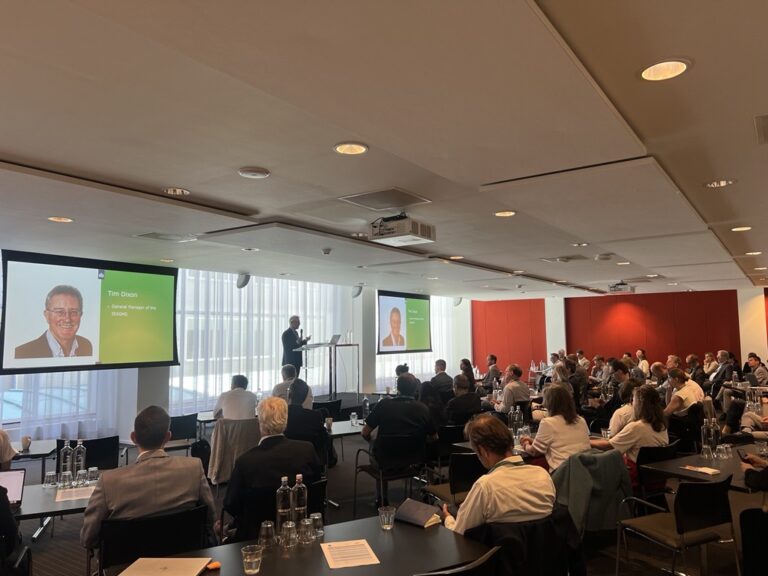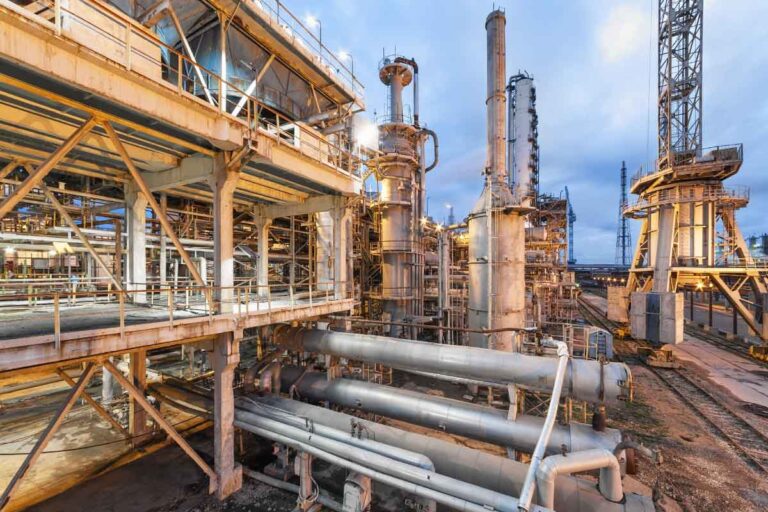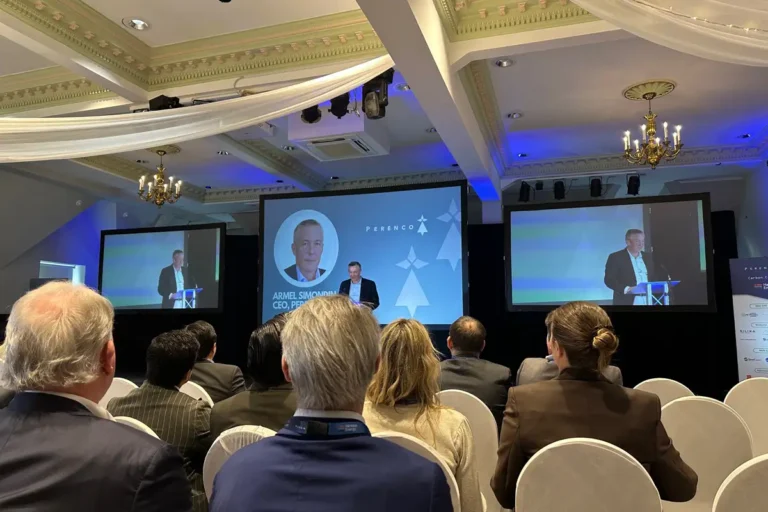
GHGT-15: Sessions 3D & 7B – Bioenergy with carbon capture and storage (BECCS)
22 March 2021

Notwithstanding the perceived ‘overreliance’ on BECCS that I mentioned in my previous blog, interest in BECCS pathways is still strong, as the two full sessions on the topic at GHGT-15 show.
Mathilde Fajardy presented the results of a study, which explored cost-optimal deployment of BECCS over time in five regions: Brazil, China, EU, India and USA. Significant cost differences were observed between these regions, due to factors such as yield, labour cost, proximity of biomass supply to storage and wholesale electricity price. BECCS cost can increase well past the 100-200 $/tCO2 range if biophysical limits (i.e. biomass supply) are reached. The finding also underline the importance of storage availability, which can decrease total costs by up to 30%. Thus, storage appraisals and surveys are crucial for delivering negative emissions.
Simon Roussanaly presented a concept to co-deliver climate neutral industrial facilities and negative emissions. The concept was illustrated for the production of urea, a sector which is difficult to abate. Only CCS and fuel switching to raw biogas in combination can lead to negative emissions. However, applying CCS only or using a mixture of natural gas and biomethane with CCS still results in some emissions reductions. All three cases increase the levelised cost of urea (LCOU), with the cases that include fuel switching showing a more pronounced increase: 323 €/turea for using natural gas and biomethane with CCS and 410 €/turea for using raw biogas with CCS (compared to 257 €/turea for the reference case). Cost of CO2 avoidance (CAC) for the abatement cases is in the range of 66-122 €/tCO2).
Vicenzo Tota talked about the application of CCUS in the waste-to-energy (WtE) sector. The CO2 emissions of WtE sectors in 10 different countries have been evaluated from a life cycle perspective. Even without applying any CCS, there are already life cycle savings in the range of -0.35 to -0.65 tCO2eq/twaste, due to avoided methane emissions from landfilling, avoided emissions from conventional heat and power production and avoided emissions from material recovery from WtE residues. When applying CCS, about an additional tCO2eq/twaste can be saved. A regional assessment showed that currently the most promising locations for WtE with CCUS deployment are the USA, the Netherlands and Germany.
Sara Restrepo Valencia presented a comparison of pre- and post-combustion capture options for biomass integrated gasification combined cycle (BIGCC) systems in Brazilian sugarcane mills. CO2 abatement costs were found to be 66-77 €/tCO2 for pre-combustion BIGCC and 58-68 €/tCO2 for post-combustion BIGCC. The pre-combustion route had a lesser impact on the sale of surplus electricity and greater thermal efficiency but overall captured amount of CO2 was smaller, compared to the post-combustion route.
Corey Myers showed how negative emissions can be achieved via CO2 mineralisation of MgO sourced from desalination brine or natural evaporite deposits. Treating the desalination brine to source the MgO will also result in the production of several sellable co-products, meaning the whole process can operate with a profit (4.5 $/m3brine) not with a cost for abating the CO2. If applied to all desalination brine, emissions reductions of 655 MtCO2/a and negative emissions of 231 MtCO2/a could be achieved. However, at this scale markets for several of the co-products are expected to be saturated, reducing the numbers 494 MtCO2/a and 42 MtCO2/a respectively. As desalination is projected to increase, the negative emissions potential could grow to 0.7 – 1.8 GtCO2/a in 2050 if market limitations for the co-products are removed or new usage pathways are established.
Luis Díez presented a study on the wet oxy-combustion of blends of coal and biomass. Three different fuels were tested: 100% bituminous coal, bituminous coal with 20% pine wood residues and bituminous coal with 20% vineyard pruning residues. It was found that in the case of co-firing high-quality pine residues, fuel conversion was significantly increased and NO formation reduced. When co-firing low-quality vineyard residues, the increase in conversion was more moderate and NO reduction more limited. Minimum NO formation was observed for a steam concentration of 25% for both blends.
Cristina Antonini presented a Swiss case study for the optimal design of low-carbon/net-negative H2 supply chains (HSCs). The results show that installing steam methane reformers (SMR) and electrolysers alone cannot enable a net zero HSC. CCS needs to be installed to achieve this, for which CO2 networks will be required. If the aim is to achieve a net-negative HSC, then BECCS with H2 production is required, which will come at a higher cost compared to the other two scenarios.
Kristian Melin provided insights on the potential of carbon negative fuels from biorefineries with CCS. The study found that the cost of adding CCS on high concentration streams of biorefineries varied between 22-25 $/tCO2, the lower end applying to gasification based systems and the higher end to ethanol fermentation systems. Plants that feature flue gas capture, i.e. the pyrolysis based case, are out of this range with 66 $/tCO2. However, gasification based systems are able to capture up to 10 times more CO2 from the same amount of input biomass than ethanol fermentation plants. Still, adding CCS to corn based ethanol plants is a promising option for short term reduction of CO2 emissions, as there are currently only few biofuel plants that use lignocellulosic biomass.
Samantha Tanzer presented an assessment of the negative emissions potentials for the chemical sector, based on lifecycle CO2 accounting. The results underline that product use and byproduct/waste disposal cannot be neglected when undertaking lifecycle assessments (LCAs) for the sector. In addition, bio-based systems are much more carbon intensive and are therefore much more sensitive to the origin and the fate of this carbon. Another finding was that the uncertainties in upstream CO2 emissions can potentially be large enough to outweigh the expected CO2 reductions downstream.
Mathieu Lucquiaud talked about negative emissions in the WtE sector. In order to move WtE with CCS forward, derisking of commercial technologies is required and the value of negative emissions in WtE needs to recognised, i.e. by minimising residual emissions through > 99% capture rates. This will require dedicated legislation and business models. Under the right conditions, biogenic waste could become a strategic resource for achieving negative emissions, without the impacts on food security and/or land availability that other BECCS pathways might have.
Other articles you might be interested in
Get the latest CCS news and insights
Get essential news and updates from the CCS sector and the IEAGHG by email.
Can’t find what you are looking for?
Whatever you would like to know, our dedicated team of experts is here to help you. Just drop us an email and we will get back to you as soon as we can.
Contact Us NowOther articles you might be interested in
Get the latest CCS news and insights
Get essential news and updates from the CCS sector and the IEAGHG by email.
Can't find what you are looking for?
Whatever you would like to know, our dedicated team of experts is here to help you. Just drop us an email and we will get back to you as soon as we can.
Contact Us Now









